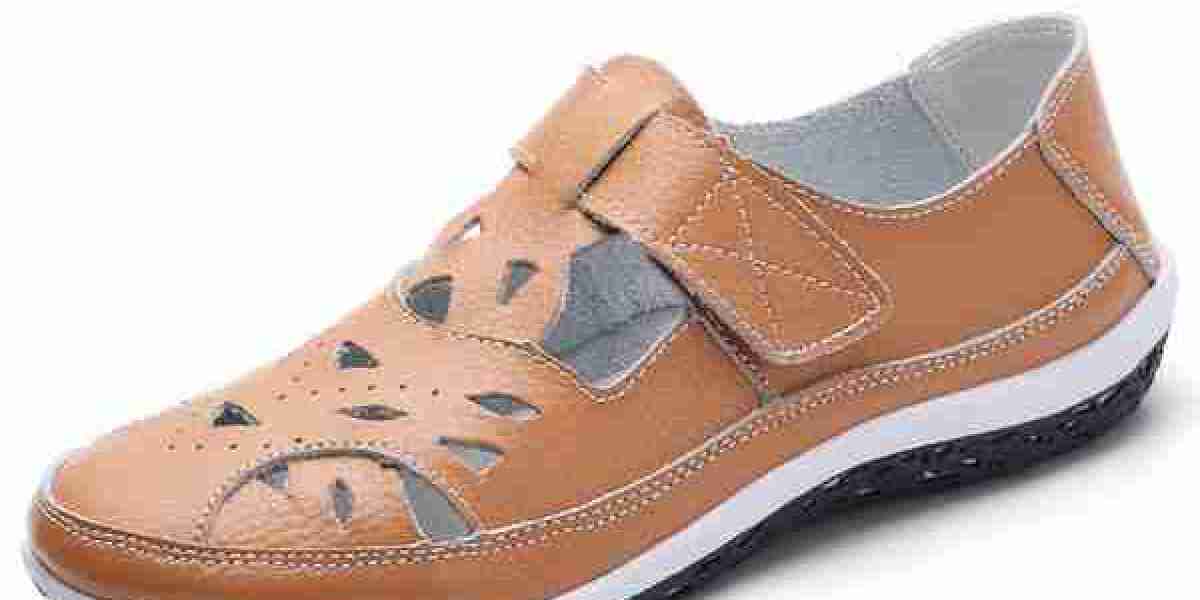Footwear market emerging trends in athletic footwear are significantly influenced by the global surge in fitness and health-conscious behaviors. As more consumers adopt active lifestyles, the demand for high-performance athletic shoes has grown exponentially, pushing brands to innovate and adapt to the changing needs of athletes, fitness enthusiasts, and casual wearers alike. The rise in fitness culture is not just about performance, but also about comfort, versatility, and sustainability, creating new opportunities and challenges for the athletic footwear market.
One of the most prominent trends in the athletic footwear market is the growing emphasis on specialized footwear for different types of physical activities. As fitness routines become more diversified, from running and weightlifting to yoga and high-intensity interval training (HIIT), consumers are increasingly seeking shoes designed to enhance specific performance needs. Running shoes, for instance, now incorporate advanced cushioning technologies such as Nike’s ZoomX or Adidas' Boost, which provide superior energy return and support during long-distance runs. For gym-goers, stability shoes designed for weightlifting offer reinforced support, while trainers for HIIT focus on flexibility and grip for quick movements. This trend is leading to greater segmentation within the market, where footwear is tailored to the particular demands of the sport or activity.
Another key trend is the integration of innovative materials and technologies into athletic footwear. As the demand for lighter, more durable shoes grows, brands are experimenting with new materials that improve performance while reducing the overall weight of the shoe. Advanced synthetic fabrics, breathable meshes, and carbon-fiber plates are being used to enhance durability, breathability, and support. Additionally, 3D printing technology is playing a role in creating customized footwear that fits the specific contours of a consumer’s feet, offering a more personalized and comfortable experience. These technological advancements are revolutionizing the way athletic shoes are designed, with a focus on precision and performance enhancement.
Sustainability is another significant driver shaping the future of athletic footwear. With growing consumer awareness of environmental issues, brands are increasingly adopting sustainable practices in their footwear production. Companies like Adidas have introduced shoes made from recycled ocean plastic, while other brands are developing biodegradable shoes and using eco-friendly manufacturing processes. As consumers become more conscious of the environmental impact of their purchases, athletic footwear companies are responding by incorporating sustainable materials and practices into their products. This trend is expected to continue to grow, with more brands integrating sustainability into their overall business models.
Customization is also gaining traction in the athletic footwear market. With the rise of direct-to-consumer models and digital platforms, brands are offering consumers the opportunity to customize their shoes, from color and style to fit and performance features. Nike’s "Nike By You" and Adidas’ "miAdidas" platforms allow customers to design their own sneakers, which has proven to be a popular choice, especially among younger generations. Customization not only appeals to consumers’ desire for individuality but also allows them to tailor their footwear to specific athletic needs, enhancing both comfort and performance.
The rise of the athleisure trend, which blends performance-oriented footwear with casual wear, is also influencing the athletic footwear market. More consumers are seeking shoes that can seamlessly transition from workout gear to everyday casual outfits. As a result, brands are increasingly developing versatile footwear that combines comfort, functionality, and style, allowing consumers to wear athletic shoes for various occasions beyond the gym or track.
In conclusion, the athletic footwear market is evolving rapidly in response to the increasing global demand for fitness and active lifestyles. Brands are focusing on developing specialized, high-performance shoes that cater to specific sports and activities, integrating innovative materials and technologies for enhanced comfort and durability. Sustainability and customization are also becoming key priorities for consumers, influencing the design and production processes of athletic footwear. As fitness continues to rise in importance, the footwear market will continue to innovate, meeting the needs of a diverse and health-conscious consumer base worldwide.




